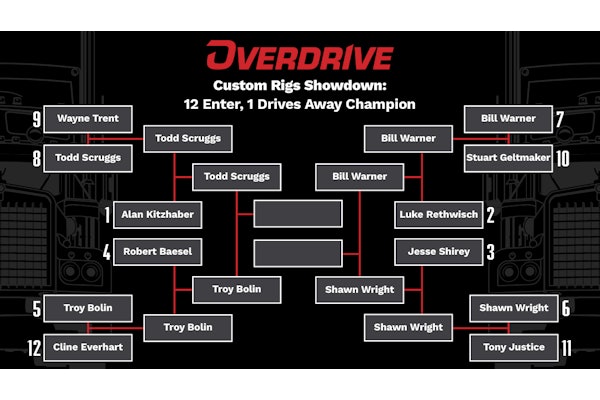Does more enforcement mean improved safety? A recent U.S. Department of Transportation inspector general’s report noted that the Federal Motor Carrier Safety Administration lacked sufficient data to draw a sharp relationship between enforcement and safety. In other words, the agency couldn’t know if any of its safety rules were having the desired effect on safety. As part of its 10-year plan to improve highway safety, the agency has begun collecting such data.
“There are many factors involved in traffic safety, such as traffic volume, roadway condition and the effectiveness of state law enforcement,” said Dave Longo, public affairs officer with FMCSA.
The most important factor may be state enforcement practices. Noting a drop in fatal crashes involving trucks, Julie A. Cirillo, FMCSA’s chief safety officer, hinted that state enforcement efforts and industry cooperation contribute to safer highways. “We take credit for that reduction, along with our partners,” she said in June at a “town hall” meeting held at an industry event in Las Vegas. “You can find states that are engaged and find good safety records. But you can go to other states and see high out-of-service rates and high fatality rates.”

In California, truck safety enforcement has been a high priority this summer, with maximum enforcement days at least twice a week. It’s still too early to review their data, but the California Highway Patrol’s Anne DeVigo believes there is a clear relationship between the level of enforcement and safety. DeVigo, working from the CHP’s public affairs office in Sacramento, said she can point to concrete safety gains after the CHP stepped up enforcement of DUI and safety belt use laws. According to DeVigo, the mileage death rate (percentage of deaths per 100 million miles) went from 1.56 in 1993, the first year of the department’s stepped-up safety belt use enforcement, to 1.19 in 1999, the last year for which figures are available. At the same time, compliance with the seat belt laws went from 83 percent in 1993 to 90.3 percent in 1999.
“It is a pretty dramatic result,” she said. “As we enforced safety belt laws more, the death rate went down. The same can be said for DUI and vigorous enforcement of that.”
DeVigo’s position received some support from a recent report issued by the Department of Transportation’s auditor general’s office. The report found a direct correlation between the condition of Mexican trucks entering the country and “the level of inspection.” State inspectors staff California’s commercial border crossings during all operating hours. The out-of-service rate for Mexican truckers at California inspection stations is about 23 percent, compared to a 36-percent overall out-of-service rate for all border crossings and a 50-percent rate at a crossing in El Paso, Texas, where neither state nor federal inspectors are on duty during all operating hours. For U.S. trucks, the out-of-service rate last year was 24 percent.
“We believe the out-of-service rate at the border is low because Mexican carriers are only sending their best trucks because they know we are inspecting at the border,” Stan Perez, CHP chief of the enforcement services division, said.
According to U.S. DOT data, California’s large truck fatal crash involvement rate per million miles in 1999 was 10th lowest in the nation at 1.3 percent. States with higher fatal truck crash rates of 2 percent or more included Alabama, Florida and Kansas.
Despite the CHP’s experience, the link between safety and enforcement remains elusive, primarily because of a lack of data. At a safety forum last winter, Cirillo said collecting and analyzing truck crash data would be the “basis of our entire safety program.” That information would tell them where resources should be directed. Last year, the agency “initiated a truck accident causation study” at 24 randomly selected sites throughout the country. The study is the “first time any agency has embarked on a study of causation of truck accidents,” Cirillo said.





